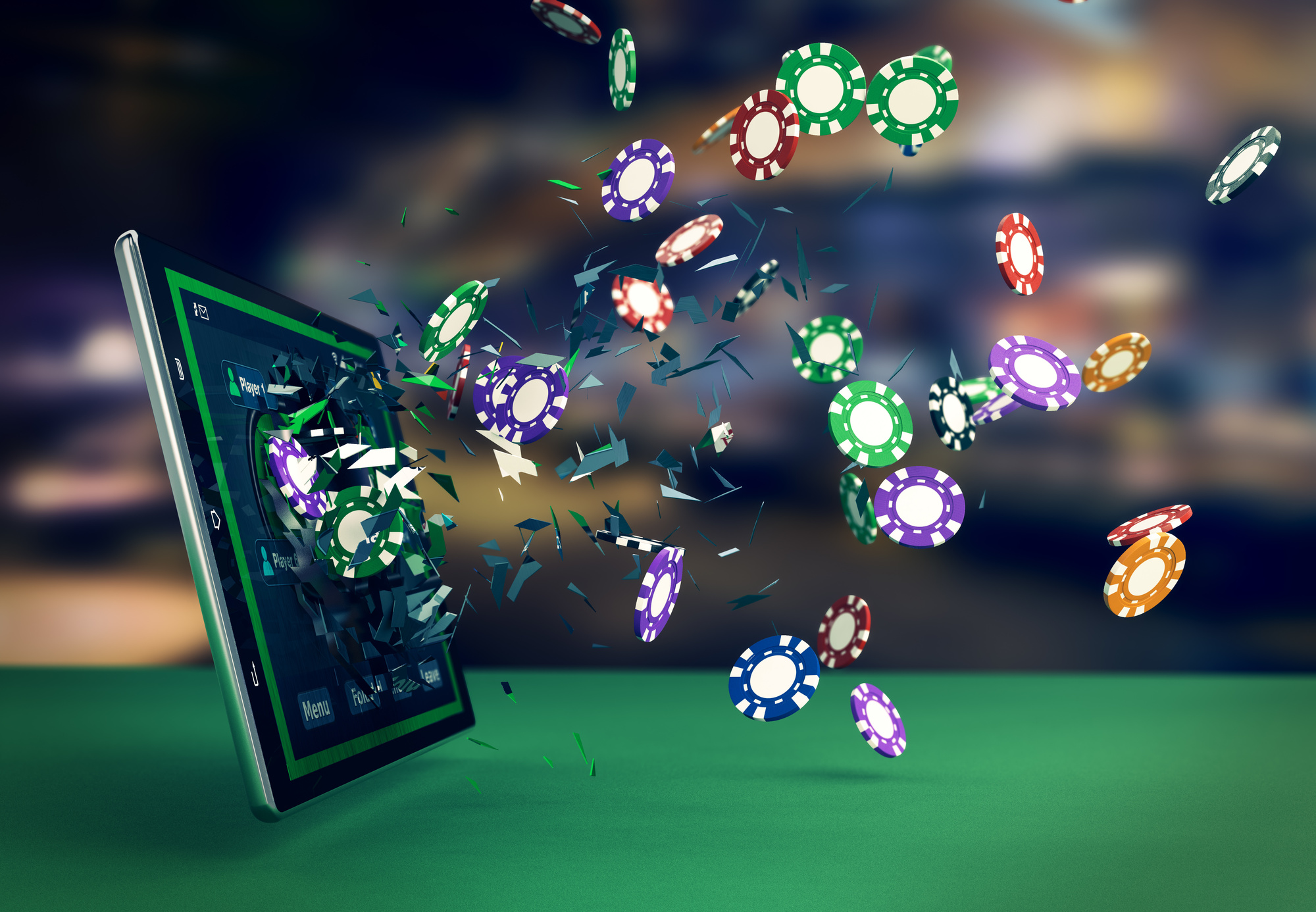Ever wanted to build your own computer but don’t know how?
Terms like motherboard, RAM, and SSD drives mean little to most people. But if you love to learn about technology then this article is for you!
We’ll guide you on building a PC using a computer build checklist. You’ll find out about computer components and how much they cost. And by the end have the confidence to give it a go.
It’s never been easier to build your own laptop or PC so let’s begin.
What Will It Cost?
This is the stumbling block for most enthusiasts. Questions crop up like:
How much does it cost to build a PC? Is it cheaper to build a PC or laptop? Should you use a build your own computer kit?
The good news is you can construct a PC from scratch for a few hundred dollars. This buys you a decent home system. Prices drop even further if you’re happy to use refurbished parts.
If you’re looking for a high-spec gaming system then expect to pay a lot more. Laptops are usually more expensive than PCs too. And components can be harder to find.
Computer Build Checklist
Here are the main components you need to build your computer. For advice on putting everything together go to YouTube. There are lots of tutorials and tips on construction.
1. Processor/CPU
The CPU processor acts as the brain of the computer. It handles all software functions like Internet browsing.
There are two main CPU manufacturers: Intel and AMD. AMD is traditionally less expensive but both require compatible parts.
2. Motherboard
This holds all your components together and is basically a large circuit board.
Motherboards contain USB ports, connections for power supply, and space for the other items on this list. Be sure to buy one that works with the right processor manufacturer type.
3. RAM or Memory
More RAM means better performance like having multiple programs open at once.
It’s measured in gigabytes or GB. A basic system should aim for 8GB of RAM. Gaming systems need at least 16GB.
Remember to check for compatibility. Not all RAM sticks fit!
4. Case, Fan, and Power Supply
You’ll need a case to hold everything in place. And as things heat up, a fan to cool them down.
There are two types of PC cases in 2020: tower and small form factor.
The latter is a mini version that’s perfect for cramped spaces. Just make sure your motherboard matches the case.
Fans are usually built-in to the motherboard but gaming PCs do best with liquid cooling systems. And remember that heat needs to escape. So your case should have good ventilation.
Power supply units offer regulated power to the computer. If the power in your area fluctuates consider using a variable frequency drive.
They’re aimed at high-spec devices. Companies like Invertek Drives Midwest, LLC provide a range of energy solutions for all technology types. Worth considering for commercial-grade machines.
5. Hard Drive and OS
Solid-state drives or SSD let you store and access data at lightning speed. They’ve replaced hard disk drives (HDD) and are worth the price.
Storage is usually measured in gigabytes or terabytes (TB).
A 500GB SSD drive provides space for the operating system like Windows or Linux. And it leaves room for your programs and files.
Computers and More at CuriosityHuman.com
You’ve read the computer build checklist and are ready for more.
It’s time to dive into more curiosities like how to create unique gifts or design a Facebook ad. We’ve dozens of topics to choose from for all curious humans.
Enjoy building your first computer. And don’t forget to leave a comment on how this article helped!

